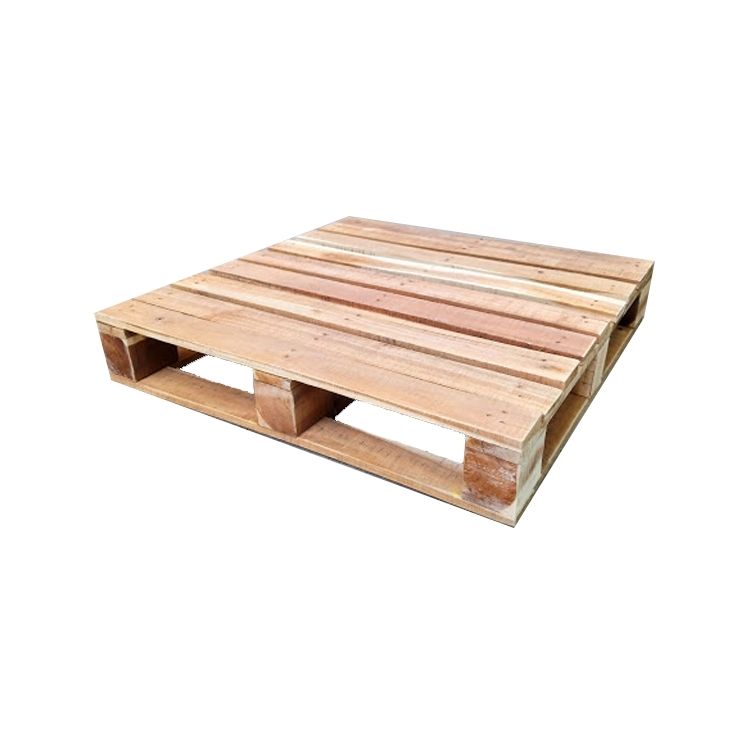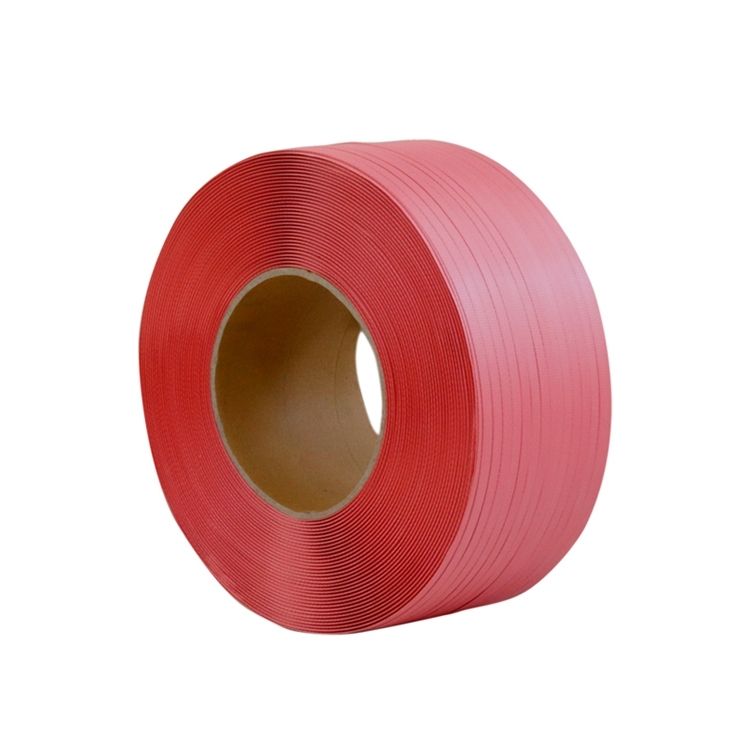In 1991, EPAL – The European Pallet Association, was officially established with the goal of focusing on the development and ensuring a global transportation system. For the export of goods to European countries, it is mandatory to use new EPAL pallets according to export standards. To learn more about the EPAL 2 Pallet type, please refer to the article below.
INTRODUCING THE EPAL PALLET
EPAL is known as an international association, and the European Pallet Association eV (EPAL) is responsible for organizing the Euro EPAL pallet exchange group. Euro EPAL pallets are the backbone of the industrial and retail supply chain in Europe. The EPAL brand symbolizes quality, safety, and sustainability in the logistics industry. In 2021, the European Pallet Association eV achieved a new milestone by producing more than 100 million Euro EPAL pallets. Building on that success, in 2022, EPAL increased production to a massive 109.05 million Euro EPAL pallets. This actual figure demonstrates an annual growth rate of 7.55% or 7.65 Euro EPAL pallets.

-
EPAL is the symbol representing the European Pallet Organization system, with the EPAL letters appearing in an oval shape in both the left and right corners (since 08/2013).
- The standard European pallet typically measures 1200 x 1000 x 162 mm, and it is widely used in various industries. Pallet manufacturers for the European market must adhere to the standards of the European Pallet Association, also known as EPAL.
- The standard dimensions of EPAL pallets are 1200 x 1000 x 162 mm.
- Material: Made from kiln-dried spruce wood with moisture content below 20%.
STRENGTHS OF EPAL PALLET ACCORDING TO EUROPEAN STANDARDS
The EPAL pallet is a new standard of EPAL pallet applied in the Asian market. The EPAL pallet has been adjusted to suit local needs and provides flexibility in cargo transportation.
EPAL EUR pallets are chosen for their high safety and reliability worldwide. EPAL EUR pallets ensure safety and smoothness during cargo transportation. EPAL EUR pallets guarantee stability in storing goods. EPAL EUR pallets ensure maximum labor safety, thanks to the top quality of these pallets.
Some other types of EPAL pallets include:
EPAL EURO Pallet (EPAL 1)
- Dimensions (length x width x height): 800 x 1200 x 144 mm
- Weight: Over 25 kg
- Safe working load: 1500 kg
- Maximum additional load: 4000 kg
EPAL 3 Pallet:
- Dimensions (length x width x height): 1000 x 1200 x 144 mm
- Weight: Over 30 kg
- Safe working load: 1500 kg
- Maximum additional load: 4500 kg
EPAL 6 Half Pallet:
- Dimensions (length x width x height): 800 x 600 x 144 mm
- Weight: Over 9.5 kg
- Safe working load: 750 kg
- Maximum additional load: 1500 kg
EPAL 7 Half Pallet:
- Dimensions (length x width x height): 800 x 600 x 163 mm
- Weight: Over 9.5 kg
- Safe working load: 500 kg
- Maximum additional load: 1500 kg

EURO EPAL 2 PALLET STANDARDS
In Europe, EURO pallets, commonly referred to as CEN pallets, are widely used in various industrial fields with standard dimensions of 1200 x 1000 x 162 mm.
When manufacturing EURO pallets, the management organization must follow the guidelines of the European Pallet Association (EPAL), covering every detail from pallet assembly to the type of wood used. This strict standard is based on the commitment of a common pallet exchange system across Europe. Pallet exchange agreements across national borders apply only to EURO pallets with EPAL EUR standards (primarily EURO1 pallets).
In large transportation transactions, the use of the same type of pallet is widely accepted, and cost settlements between the sender and receiver are often adjusted, even in international transportation involving countries participating in the European common market system. Harmony in the process of handling cargo transportation in the European economic area has helped optimize the European common market system. However, it should be noted that EURO pallets are not suitable for transporting containers according to ISO standards because their dimensions are smaller than the container’s width.
MARKS AND SYMBOLS OF EPAL PALLET

1/2: The brand, symbol of the European Pallet Association: Ensures the authenticity and quality of the pallet.
3: IPPC brand, symbol following the principles of plant (forest) protection (mandatory since January 1, 2020, for EPAL pallets).
4: Country code.
5: Registration number of the responsible plant (forest) protection agency: Complies with plant protection regulations, applicable to EAPL pallets from January 1, 2020.
6: Heat treatment: Used to eliminate pests.
7: EPAL control staple (mandatory): Certifies that the pallet meets EPAL standards and regulations.
8: Repair nails (Only appears with EPAL repair pallets): If repair pallets are used, the presence of repair nail holes must be anticipated.
9: License number, year – month: Used to verify the license number and production date of the pallet.
Currently, in Vietnam, very few companies are licensed to produce EPAL pallets. If you want to own a quality and cost-effective product, you should carefully review the technical specifications before making a purchase decision.










































